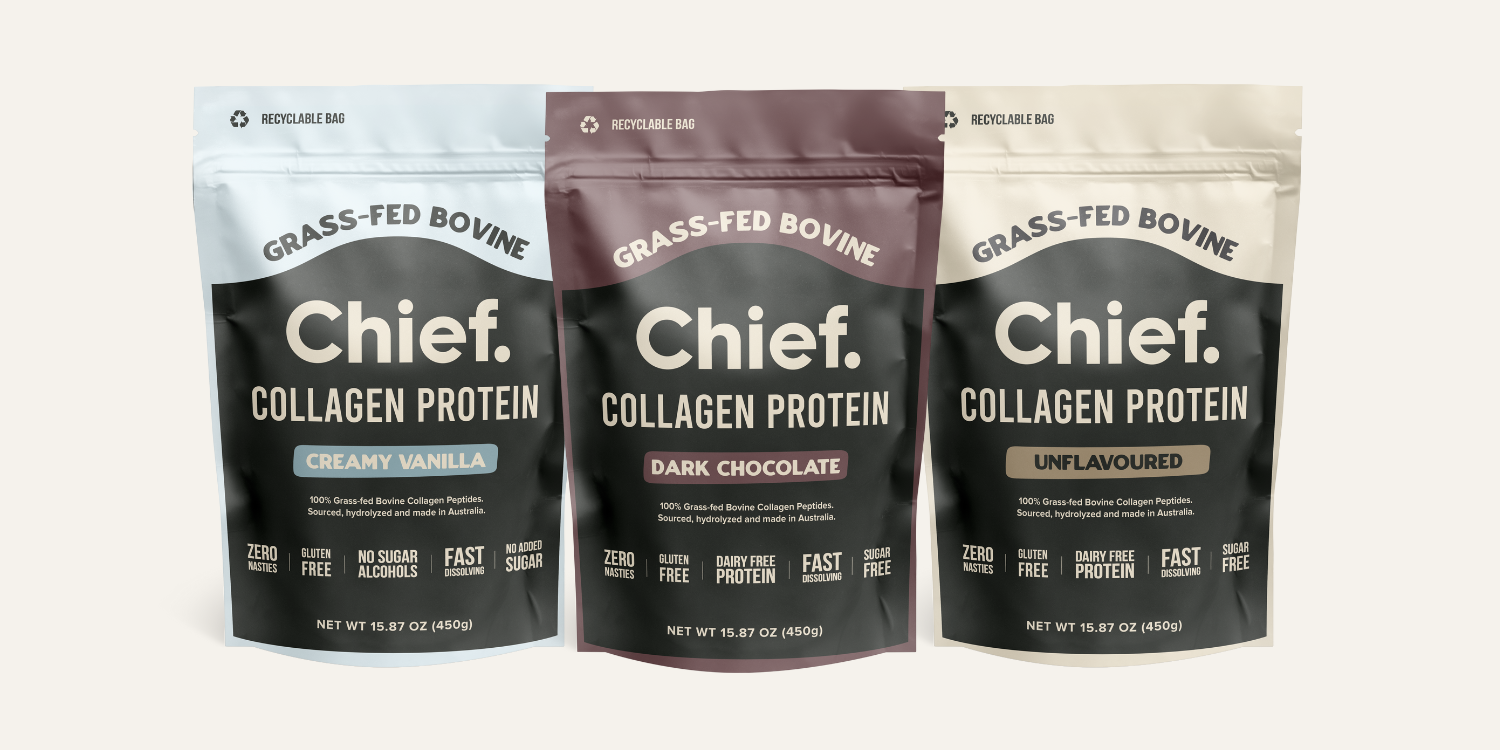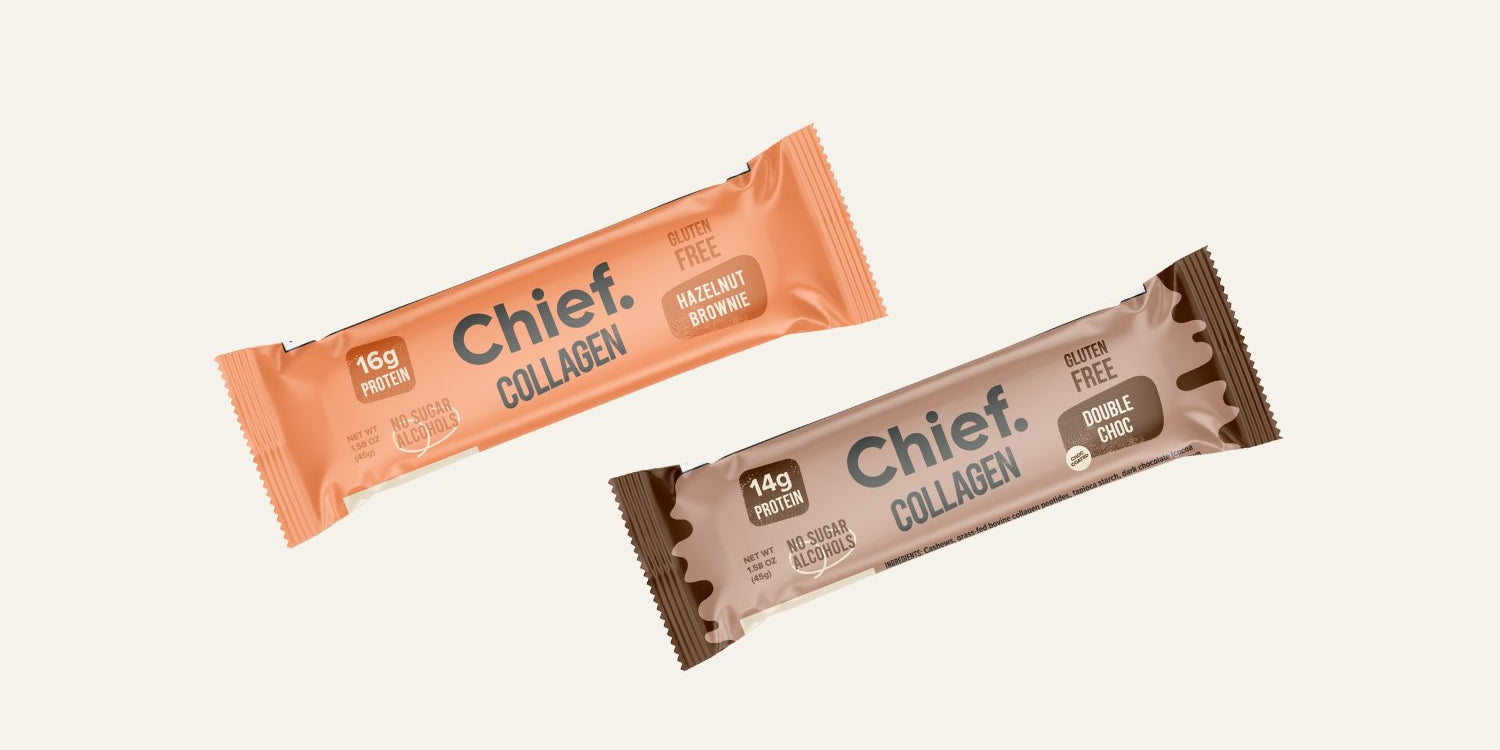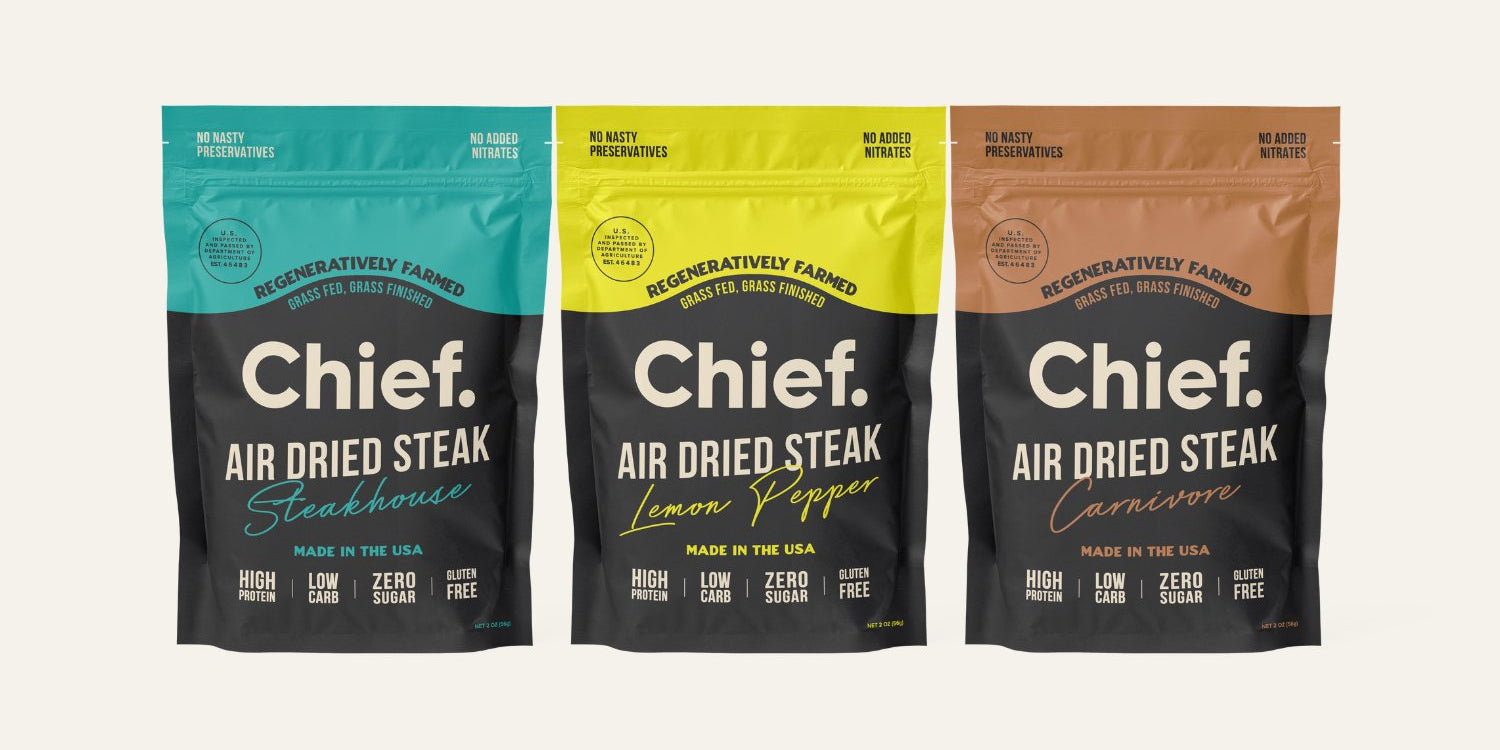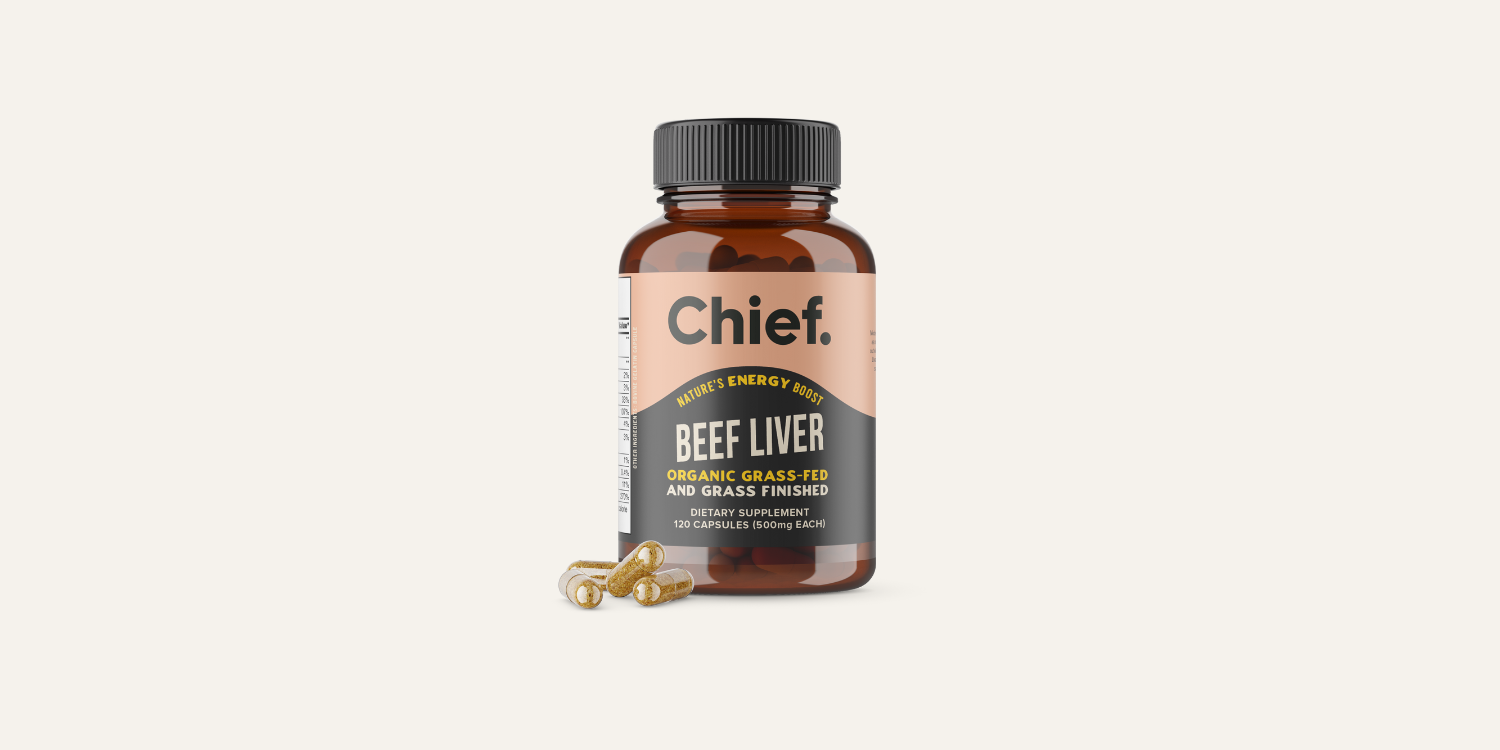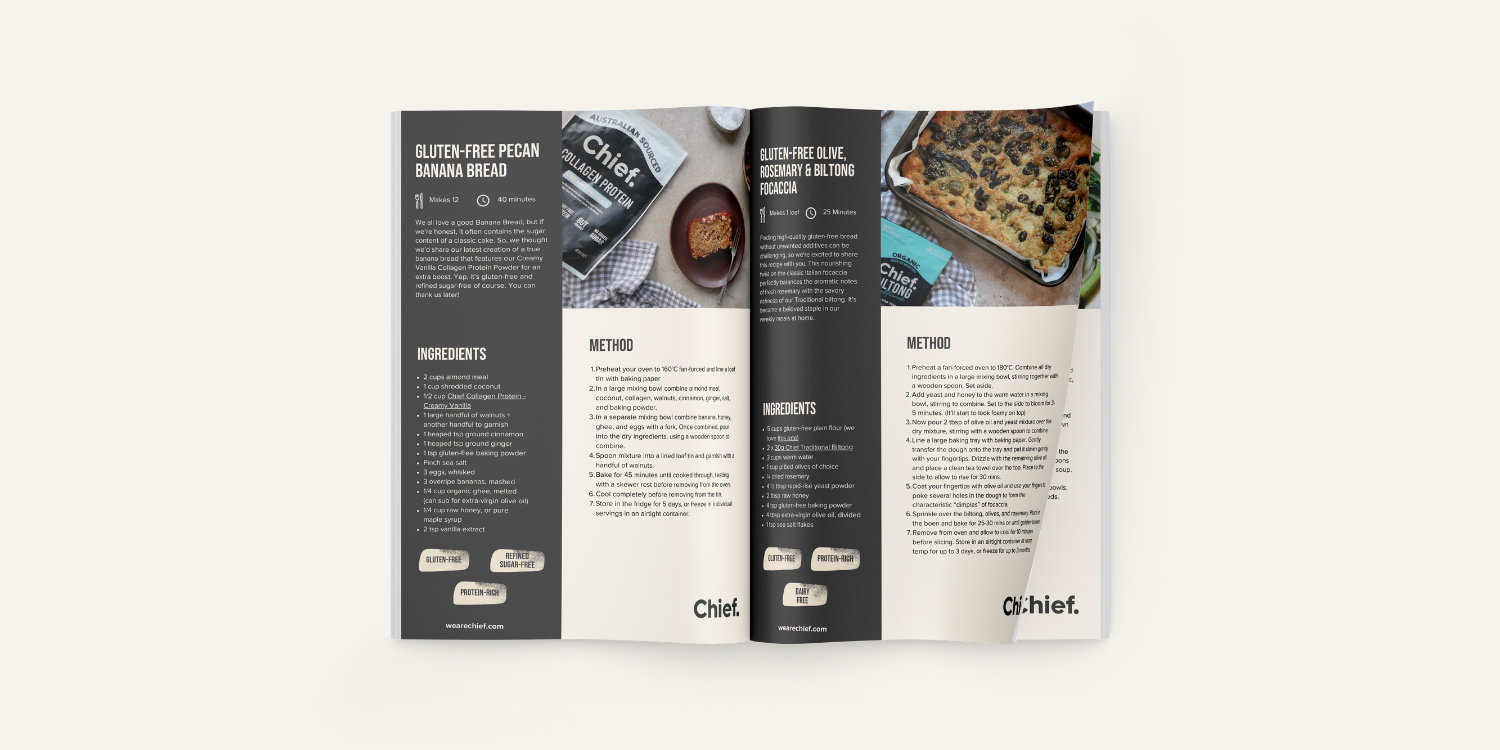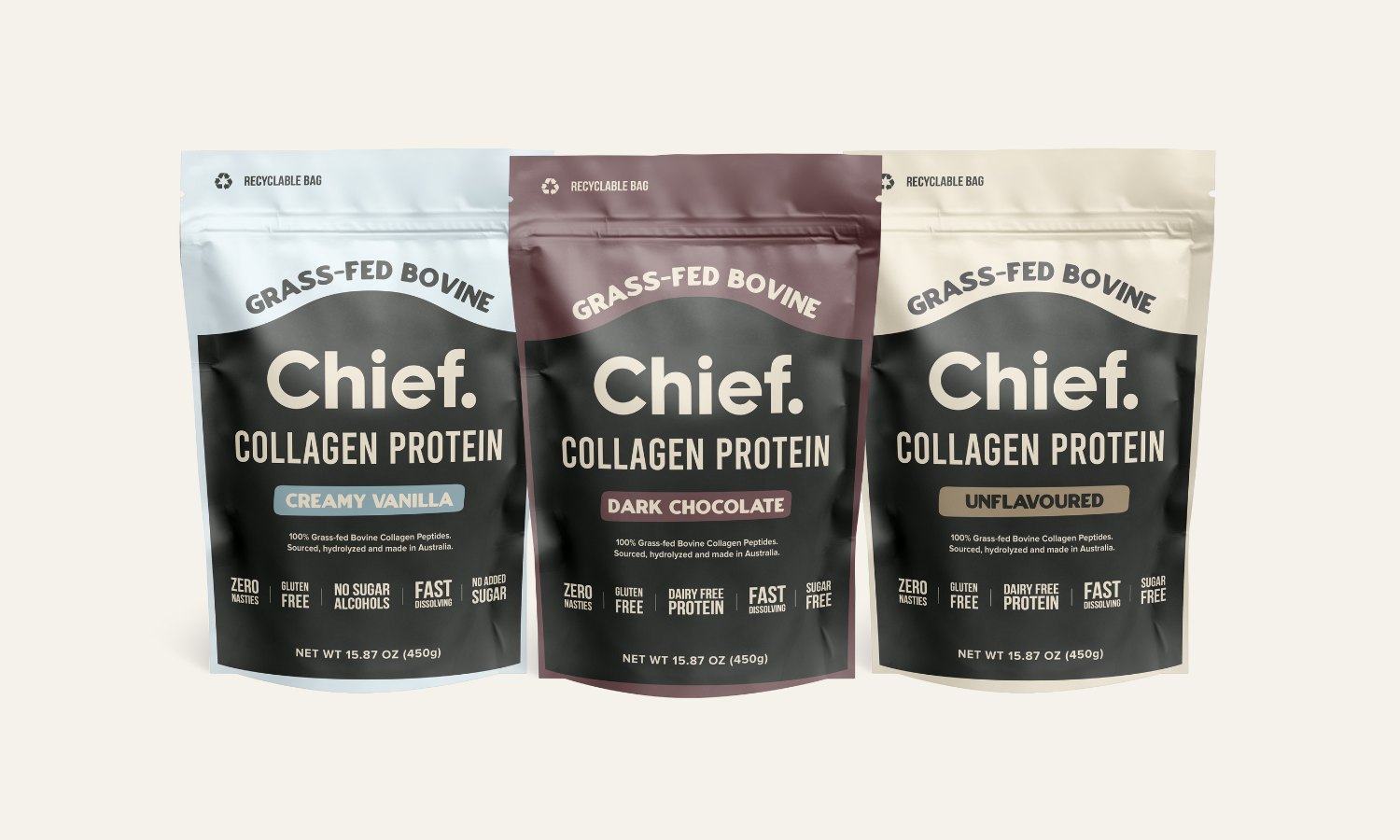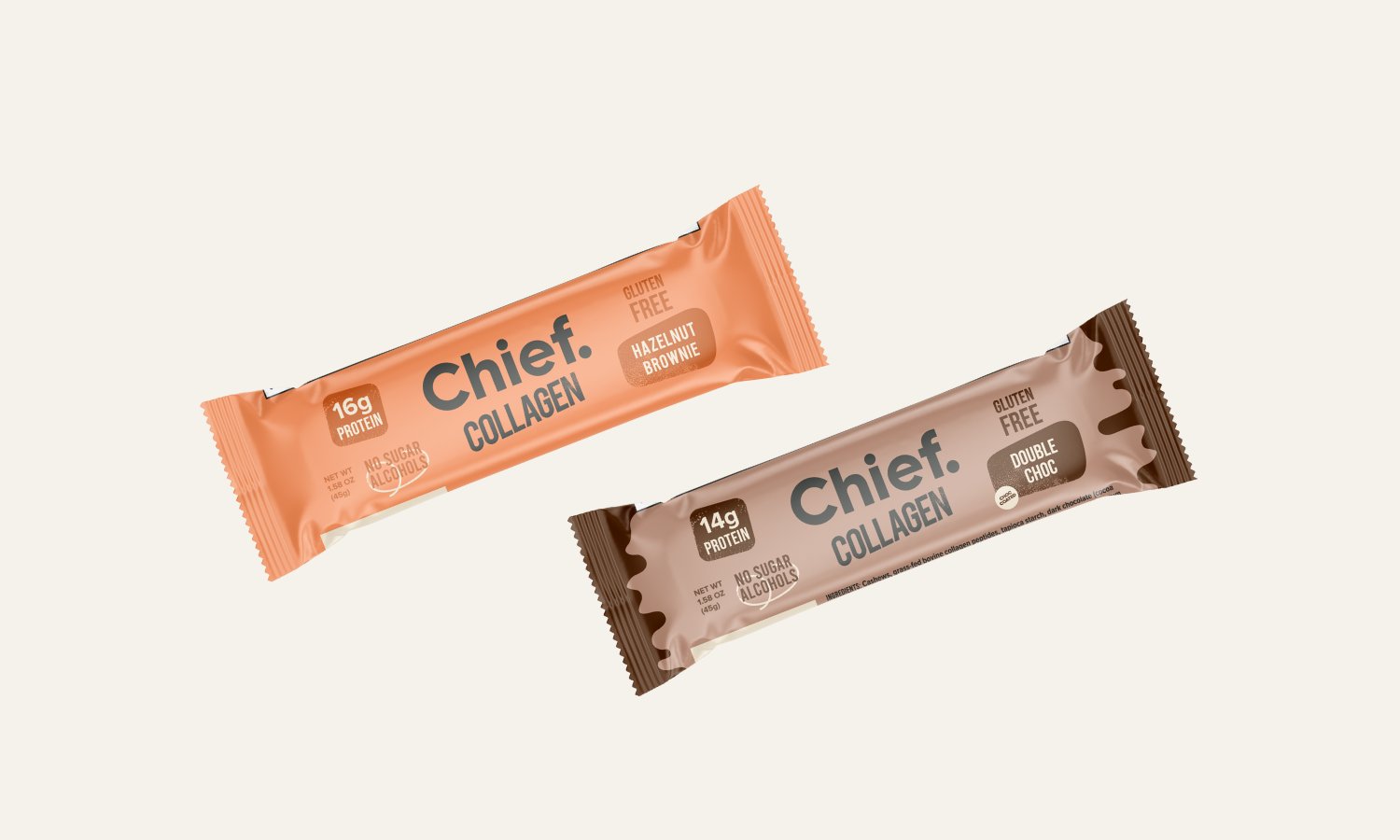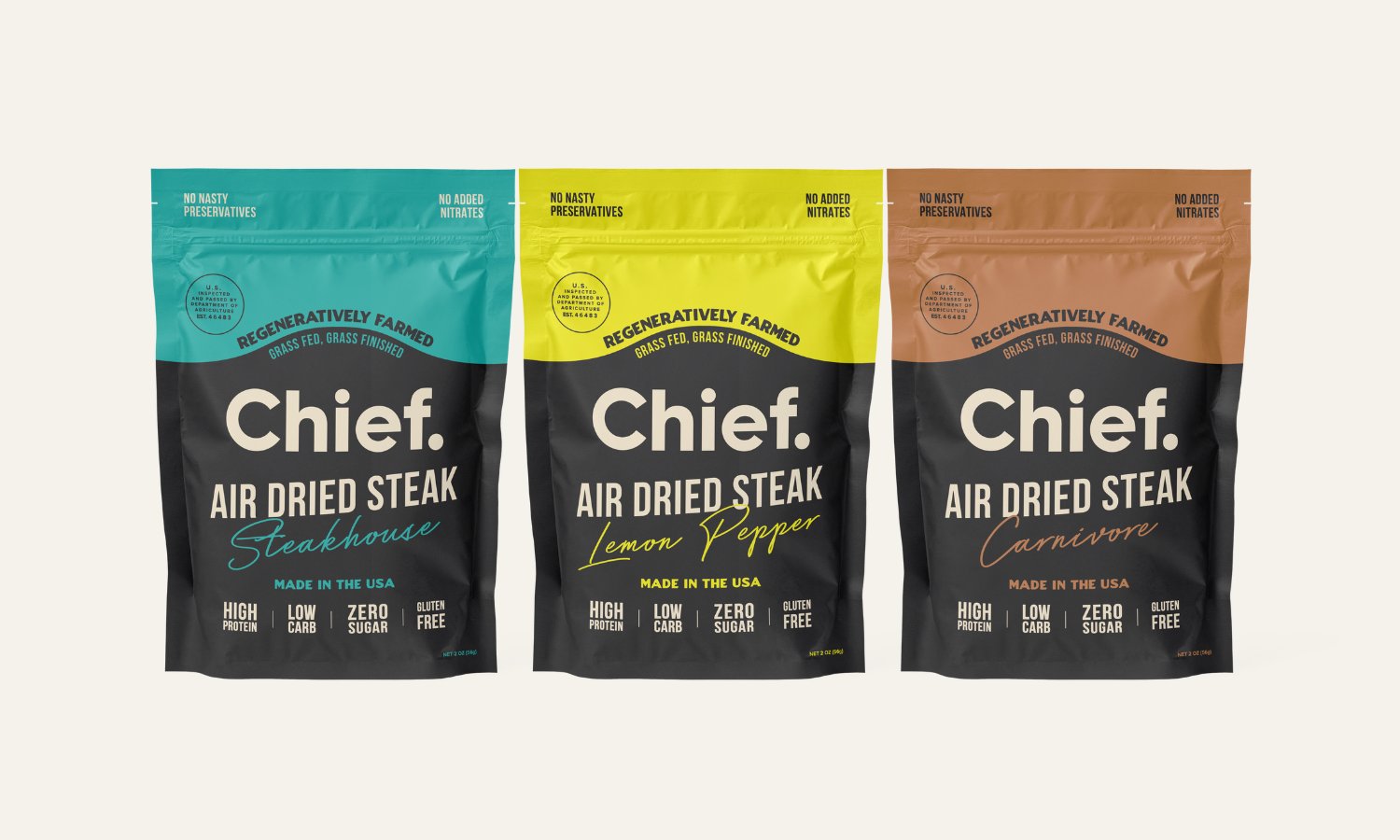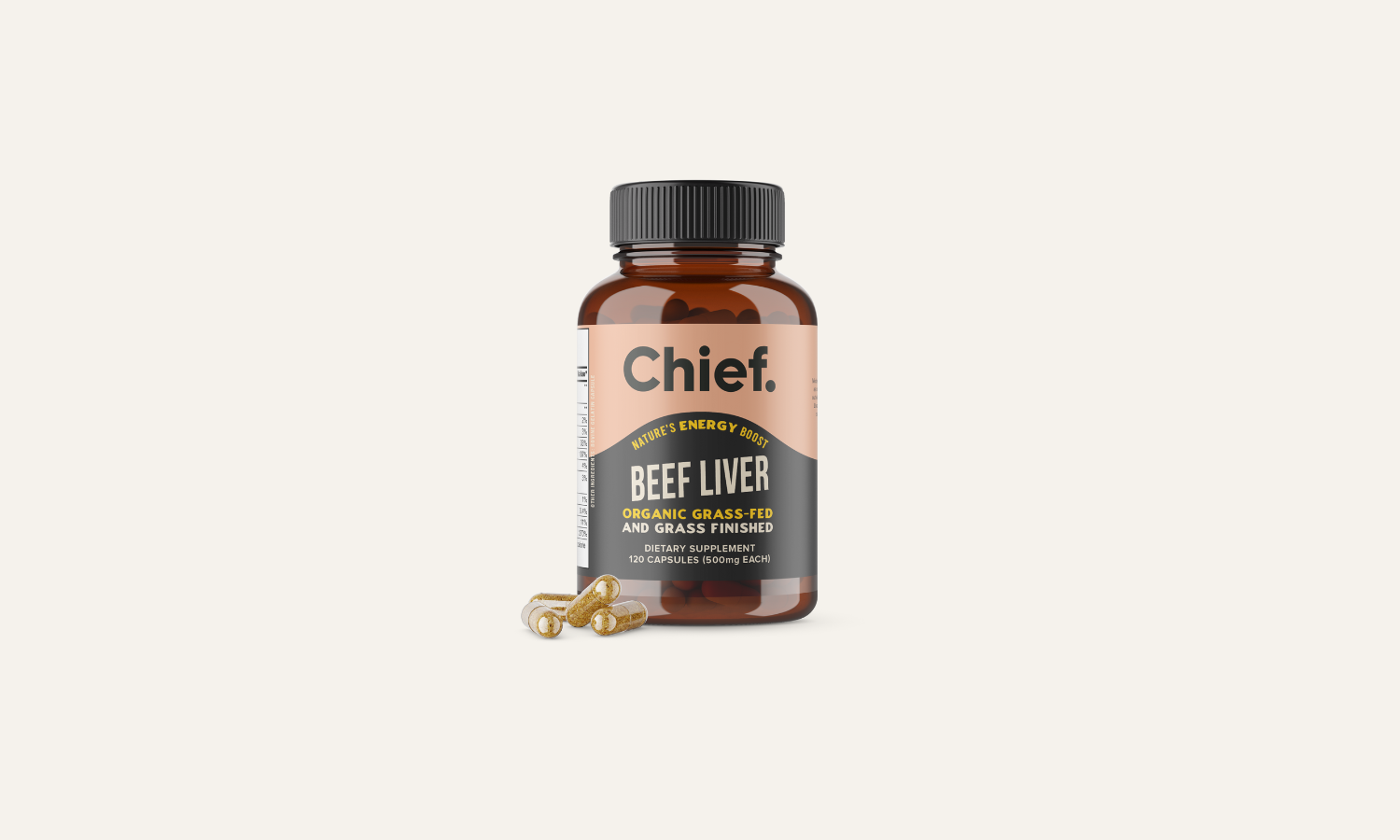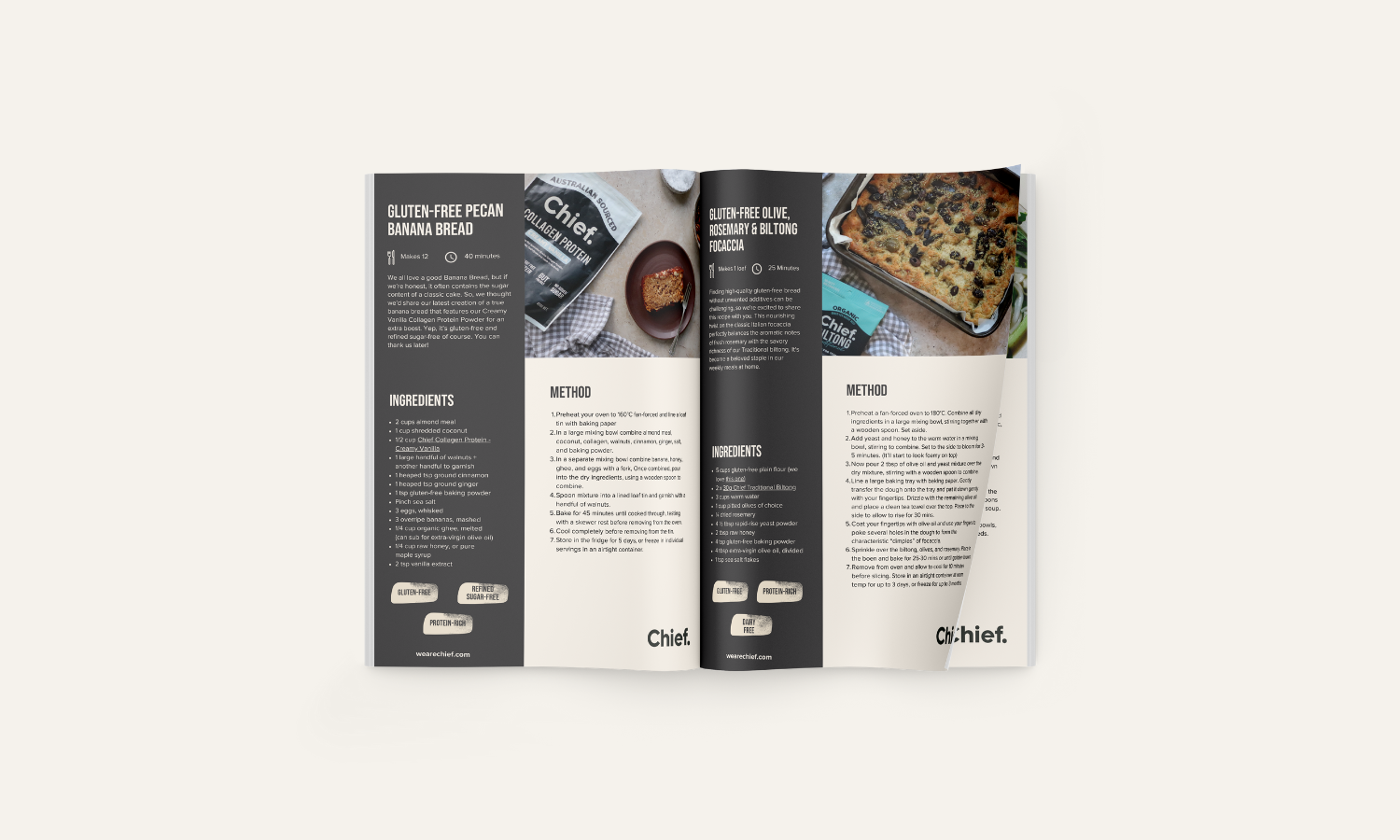As someone living with type 1 diabetes, I’ve spent over a decade witnessing almost everything from my energy, skin, mood and hormones. My blood sugar swings are naturally more dramatic as a type 1 diabetic, but that’s exactly what’s given me a front-row seat to what happens when glucose isn’t balanced and how much better everything runs when it is.
We all (diabetic or not) experience versions of those highs and lows daily; whether it’s a sugary breakfast, a skipped lunch, an afternoon chocolate. It’s those fluctuations, not the sugar itself, that quietly influence how we feel, function, and even how our skin looks over time. So, let’s get into the details…
Why blood sugar balance matters
When your glucose stays steady, your body feels safe. You have stable energy, a calm nervous system, and clear focus. But when it spikes and crashes, cortisol, your main stress hormone goes all over the place.
That cortisol spike doesn’t just affect your mood or sleep. It breaks down collagen, slows skin repair, and tells your body to store rather than burn energy. Over time, these stress responses can show up as dullness, premature wrinkles, and fatigue that no skincare or coffee can fix.
At the same time, excess sugar in the blood binds to proteins like collagen and elastin through a process called glycation. Glycated collagen becomes stiff and fragile, leading to fine lines, sagging, and slower wound healing. It’s one of the most underappreciated causes of visible aging, and it’s directly influenced by what and how we eat.
Note on glycation:
Glycation isn’t the villain … it’s still a normal part of metabolism. When blood sugar runs higher occasionally, your body has amazing backup systems to buffer damage, think antioxidants, collagen renewal, detox pathways and rest. It only becomes an issue when it’s constant and the body can’t keep up with repair….
The science of how blood sugar connects to our health
Every time you eat, your blood sugar naturally rises, and your body releases insulin the hormone that acts like a key, unlocking your cells so glucose can move inside and be used for energy.
But when glucose spikes happen too often your body has to keep producing more insulin to keep up. Over time, the system becomes overworked. This constant demand doesn’t just affect energy; it drives inflammation, disrupts hormones, and alters how your body stores fat and regulates hunger.
It impacts:
-
Energy because when glucose falls quickly after a spike, you crash = cravings, fatigue, and brain fog.
-
Hormones; chronically high insulin elevates cortisol and disrupts progesterone and thyroid function, leading to irregular cycles, mood swings, and skin breakouts.
-
Inflammation; frequent spikes trigger low-grade inflammation that stresses the gut, liver, and immune system a hidden driver behind many chronic symptoms.
-
Hunger and satiety… because insulin resistance blunts leptin and ghrelin signals, making it harder to feel full and easier to overeat.
-
Skin and collagen as excess glucose binds to proteins in a process called glycation, which weakens collagen and speeds fine lines.
-
Aging; unstable glucose promotes mitochondrial stress, chronic inflammation, and loss of cellular elasticity all factors in accelerated aging.
Balanced glucose = steady energy, calm hormones, glowing skin, and slower biological aging.
The simple framework for your plate
You don’t need to track or fear food to balance your blood sugar levels, just balance what’s on your plate. Each macronutrient plays a role in slowing glucose entry and supporting your metabolism.
1. Protein
Protein provides amino acids for muscles, hormones, collagen and it naturally slows digestion, keeping glucose steady.
Tip: Aim for 25–30 g per meal. My go-tos are Chief Collagen Protein Bars, Chief Biltong, or a scoop of Chief Collagen Protein. They’re balanced, clean, and make blood sugar-friendly eating effortless.
2. Healthy fats
Fats stabilise glucose, extend satiety, and help hormones stay balanced. Add avocado, tahini, nuts, seeds, olive oil, or fatty fish.
3. Fibre and colour
Fibre acts like a mesh, slowing sugar absorption and feeding the gut bacteria that regulate inflammation and hormone metabolism. Colourful vegetables and berries also add antioxidants that protect collagen.
4. Smart carbs
Whole-food carbs like fruit, sweet potato, or oats are not the enemy the key is pairing them. Eat them alongside protein and fat instead of alone. Example: fruit with nut butter or a Chief Bar instead of “naked carbs.”
When you combine these macros / nutrients, you turn every meal into a slow, sustained source of energy… meaning no spikes, no crashes.
The real talk on food order and “glucose hacks”
You may have seen the trend of “eating in sequence” to balance blood sugar aka veggies first, protein second, carbs last. While this absolutely has scientific merit, here’s my take if you’re eating whole, balanced meals, it matters far less.
When your plate already includes protein, fats, and fibre, your body naturally digests it in a way that steadies glucose. Where food order does matter is when you’re having something refined or sweet on its own. For example, eating dessert or a treat after a meal with protein and fat will create a much smaller glucose spike than eating it on an empty stomach.
So yes, sequence helps but context is everything. As a naturopath and type 1 diabetic, blood sugar support is both super important and very personal to me. But I’m the first one who will tell you (unless you’re a diabetic and need to watch it closely) to not obsess or panic about it. If you’re already nourishing your body with whole foods and balanced plates, you’re doing great. If you’re having something sweet, just pair or time it smartly.
Everyday habits for balanced blood sugar & radiant skin
Start your day right
Eat within an hour of waking to set your cortisol and glucose rhythm. A breakfast built around protein keeps you stable think eggs, sausages, a smoothie with Chief Collagen Protein Powder, or a Chief Collagen Bar if mornings are busy. Have coffee after food, not before, to avoid a cortisol and glucose surge.
Move after meals
A simple 10-minute walk after eating can lower post-meal glucose by up to 30 %. Muscles soak up sugar and use it for fuel. If you can’t walk, light movement like cleaning up, stretching still helps.Snack smart
If you need a snack, always include protein or fat. A handful of nuts, boiled egg, or Chief Biltong will curb cravings and stabilise energy far better than fruit or crackers alone.
Sleep and stress
Lack of sleep raises cortisol and insulin resistance overnight. Aim for 7 - 9 hours in a dark, cool room. To calm your nervous system, breathe deeply, go outside, or unwind without screens stress management is blood sugar management.
Add micronutrients
Magnesium (leafy greens, pumpkin seeds), chromium (broccoli), and zinc (seafood) all support insulin sensitivity. Omega-3 fats and vitamin C protect collagen from glycation.
My go-to sweet treat (that doesn’t spike my blood sugar)
I’ll be honest… I have always had a sweet tooth. But as a type 1 diabetic, I’m always thinking of my blood sugars which can be frustrating at times when all you want is something chocolatey. The Chief Collagen Protein Bars are one of the few sweet-tasting snacks I can eat without worrying about my glucose levels. With only 5–7 g of carbs, balanced by quality protein and healthy fats, they taste like dessert but keep my blood sugar perfectly steady.
They’re the ultimate “sweet treat” that works with your body, not against it satisfying cravings while supporting collagen, hormones, and metabolism. It’s safe to say, I’m obsessed.
The takeaway
When you balance blood sugar, you balance your whole system. Energy evens out, hormones regulate, cravings fade, and your skin glows from the inside out.
So, in a nutshell, eat real food, combine protein, fats, and carbs, move your body and sleep well.
References
Shukla AP, Iliescu RG, Thomas CE, Aronne LJ. Food Order Has a Significant Impact on Postprandial Glucose and Insulin Levels. Diabetes Care. 2015 Jul;38(7):e98-9. doi: 10.2337/dc15-0429. PMID: 26106234; PMCID: PMC4876745.
Gkogkolou P, Böhm M. Advanced glycation end products: Key players in skin aging? Dermatoendocrinol. 2012 Jul 1;4(3):259-70. doi: 10.4161/derm.22028. PMID: 23467327; PMCID: PMC3583887.
Kirwan JP, Sacks J, Nieuwoudt S. The essential role of exercise in the management of type 2 diabetes. Cleve Clin J Med. 2017 Jul;84(7 Suppl 1):S15-S21. doi: 10.3949/ccjm.84.s1.03. PMID: 28708479; PMCID: PMC5846677.
Russell WR, Baka A, Björck I, Delzenne N, Gao D, Griffiths HR, Hadjilucas E, Juvonen K, Lahtinen S, Lansink M, Loon LV, Mykkänen H, Östman E, Riccardi G, Vinoy S, Weickert MO. Impact of Diet Composition on Blood Glucose Regulation. Crit Rev Food Sci Nutr. 2016;56(4):541-90. doi: 10.1080/10408398.2013.792772. PMID: 24219323.
DeFronzo RA, Ferrannini E. Insulin resistance. A multifaceted syndrome responsible for NIDDM, obesity, hypertension, dyslipidemia, and atherosclerotic cardiovascular disease. Diabetes Care. 1991 Mar;14(3):173-94. doi: 10.2337/diacare.14.3.173. PMID: 2044434.
Al-Adwi, M. E., Al-Haswsa, Z. M., Alhmmadi, K. M., Eissa, Y. A., Hamdan, A., Bawadi, H., & Tayyem, R. F. (2023). Effects of different diets on glycemic control among patients with type 2 diabetes: A literature review. Nutrition & Health, 29(2), 215–221. https://doi.org/10.1177/02601060221112805
Brewer RA, Gibbs VK, Smith DL Jr. Targeting glucose metabolism for healthy aging. Nutr Healthy Aging. 2016 Oct 27;4(1):31-46. doi: 10.3233/NHA-160007. PMID: 28035340; PMCID: PMC5166514.
Danby FW. Nutrition and aging skin: sugar and glycation. Clin Dermatol. 2010 Jul-Aug;28(4):409-11. doi: 10.1016/j.clindermatol.2010.03.018. PMID: 20620757.


